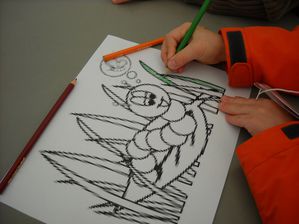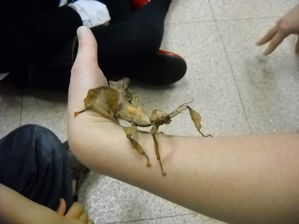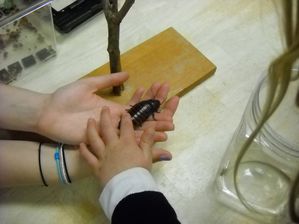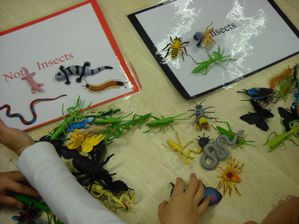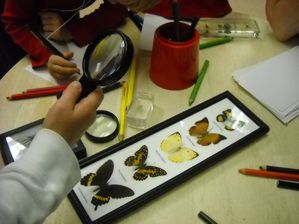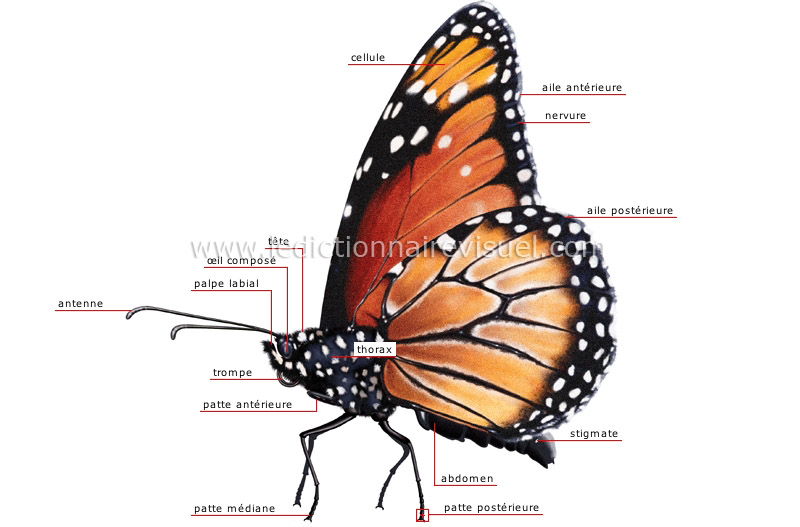FICHE VERSION BILINGUE
FRENCH SCHOOL OF DAKAR
LA PETITE POULE ROUGE / BYRON BARTON / L’ECOLE DES LOISIRS
About the Book
Text Type: Album
Page Count:

Text summary (Résumé)
The industrious little red hen is always on the move while the other farm animals just lay around and sleep. She finds a grain of wheat, plants it, harvests the wheat crop, shucks the wheat, grinds it, and then bakes a loaf of bread. When the time comes for the bread to be eaten, the farm animals want a share of it, but all they get from the little red hen is a lecture about when there is bread to be baked, don't loaf on the job.
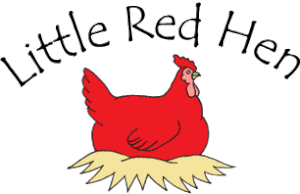
La petite poule rouge travailleuse est toujours en mouvement tandis que les autres animaux de la ferme paressent ou somnolent. Elle trouve un grain de blé, le plante, récolte du blé, l’écosse, le moud et cuit un pain. Quand vint le moment de manger le pain, les animaux de la ferme en veulent alors une part. Mais tout ce qu’ils obtiennent de la poule rouge c’est une leçon de morale.

Materials (Matériel) :
Ø Marottes: for the red hen, the duck, the cat, the pig and the chicks.
Les marottes de la petite poule rouse, du canard, du chat, du cochon et des poussins.
Ø Memory game / Un jeu de mémory
Ø Puzzle game / Un puzzle
Ø Flash cards for the missing game / Des flash cards pour le jeu de cache
Ø Silhouettes of animals / De silhouettes d’animaux
Ø Text of the song « Old Mac Donald » (Please, try to simplify the song)
Texte de la chanson” Old Mac Donald ( Simplifier la chanson s’il vous plait)
voir en bas de page

IMPORTANT!
Ø You can plan a rite of entrance (musique, sentence…)
Vous pouvez prévoir un rituel d’entrée dans l’histoire pour vos élèves (musique, phrase…)
Ø Please, use the pictures of the book for the flash cards / Construire les flash cards à partir des illustrations du livre.
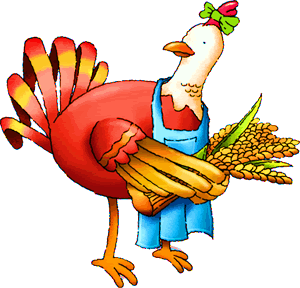
Before reading (Avant de lire)
Part 1:Discover the farm animals / Découvrir les animaux de la ferme
Objective 1: Recognize animals of the farm and name them
Reconnaitre les animaux de la ferme et les nommer.
Ø Flash cards : Use four flash cards on the white board hide one of them…
La “flash card” cachée: Afficher 4 flash cards au tableau puis en cacher une…
Ø - Memory game with farm animals (Un jeu de Memory avec les animaux de la ferme)
Ø Guess who?... With the silhouettes of the animals.
Devinez qui c’est ?... Avec les silhouettes des animaux.
Ø Puzzle games / Les puzzles
Criteria of success: (Critères de réussite)
Name animals of the farm / Nommer les animaux de la ferme
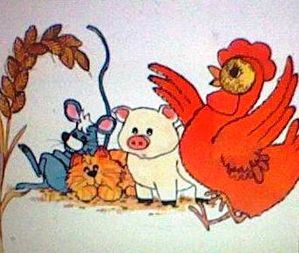
Part 2: Learn a song and shout of animals (Apprendre une chanson et le cri des animaux)
Objective 2: Make the learn funny by singing and dancing. / Rendre l’apprentissage ludique par le biais du chant et/ou de la danse.
Ø Learn the song « Old mac Donald » / Apprendre la chanson “ Old Mac Donald”
Ø Use the computer, listen and repeat the shout of animals / Utiliser l’ordinateur pour écouter et repeater le cri des animaux.
Criteria of success: (Critères de réussite)
Ø Sing the Old mac Donald / Chanter Old Mac Donald

THE BOOK WALK (La lecture)
Part 3: Read the book without pictures (Lecture du livre sans les images)
Connect life experience and use prior knowledge
Faire appel au pré- requis de l’enfant
Objective 3: Revise the lexicon of animals with marottes / Revoir le lexique des animaux avec les marottes.
Ø Read the book without showing pictures. Ask students what they think this book will be about based on the first reading information’s. Model how to use prior knowledge.
Lire le livre sans montrer les images. Demander aux élèves de quoi parle le livre après cette première lecture. Voir comment utiliser le pré requis.
Ø Let them choose marottes and put them into the box.
Les laisser choisir les marottes et les poser dans la boite.
Criteria of success: (Critères de réussite)
Recognition of the words heard during the reading.
Reconnaissance auditive des mots entendus lors de la lecture.

Part 4: Read the book (Lecture du livre)
Objective 4: Discover verbs / Découvrir les verbes du texte
Ø Turn the pages in the book so students can see the pictures.
Lire en tournant les pages du livre de sorte que les élèves puissent voir les images.
Ø Game of mime around the verbs :( Motricity room or the playground)
- Plant, crop
- Beat / to grind
- Make the bread / eat the bread
Jeu de mime autour des verbes : (En salle de motricité ou dans la cour)
- planter, couper
- battre / moudre
- faire le pain / manger le pain
Criteria of success: (Critères de réussite)
Share actions with students / Restituer les actions devant les autres élèves.

Part 5: Read the book (Lecture du livre)
Objective 5: Discover the structure “Who wants? Not me...”
Ø Turn the pages in the book so students can see the pictures.
Lire en tournant les pages du livre de sorte que les élèves puissent voir les images.
Ø Oral work on the acquisition of the structure. / Travail oral sur l’acquisition de la structure.
Criteria of success: (Critères de réussite)
Use the structure with others objects. / Restitution de la structure avec d’autres objets.

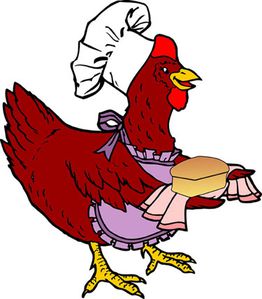
Old Mac Donald song
Old MacDonald had a farm,
Ee i ee i oh!
And on that farm he had some chickens,
Ee i ee i oh!
With a cluck-cluck here,
And a cluck-cluck there
Here a cluck, there a cluck,
Everywhere a cluck-cluck
Old MacDonald had a farm
Ee i ee i oh!
Old MacDonald had a farm,
Ee i ee i oh!
And on that farm he had some dogs,
Ee i ee i oh!
With a woof-woof here,
And a woof-woof-woof there
Here a woof, there a woof,
Everywhere a woof-woof
Old MacDonald had a farm
Ee i ee i oh!
Old MacDonald had a farm,
Ee i ee i oh!
And on that farm he had some turkeys,
Ee i ee i oh!
With a gobble-gobble gobble-gobble here,
And a gobble-gobble gobble-gobble there
Here a gobble-gobble, there a gobble-gobble,
Everywhere a gobble-gobble-gobble
Old MacDonald had a farm
Ee i ee i oh!
Old MacDonald had a farm,
Ee i ee i oh!
And on that farm he had some cows,
Ee i ee i oh!
With a moo-moo here,
And a moo-moo there
Here a moo, there a moo,
Everywhere a moo-ooo
Old MacDonald had a farm,
Ee i ee i oh!






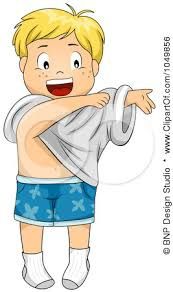




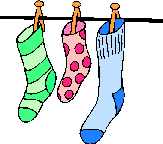

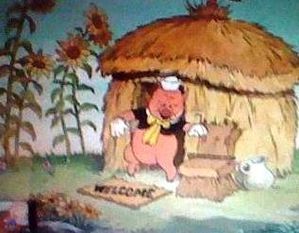
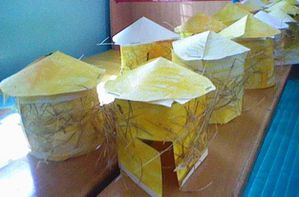
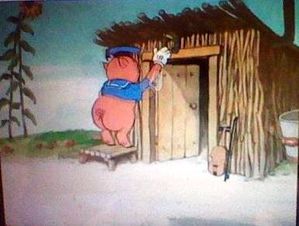

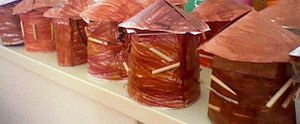
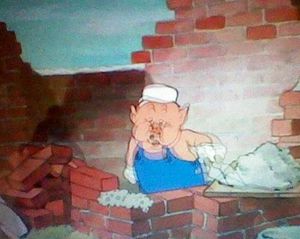






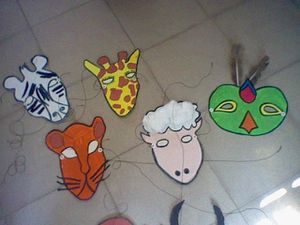


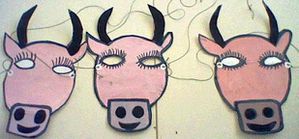
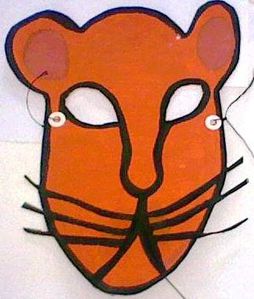


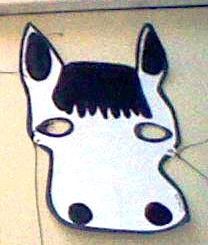
 La couverture du livre
La couverture du livre

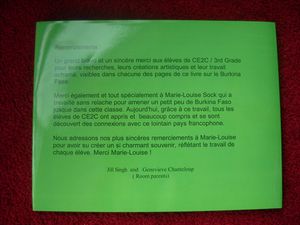



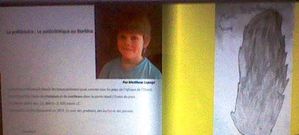








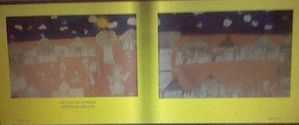
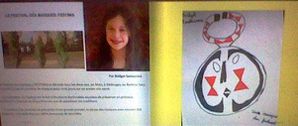

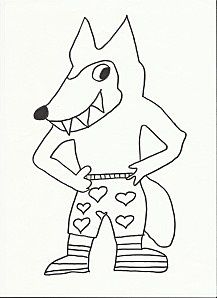

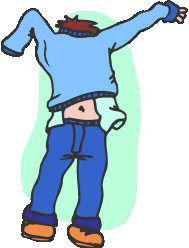
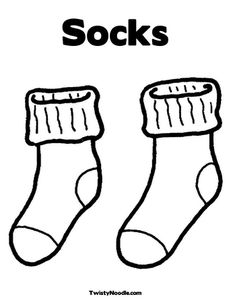
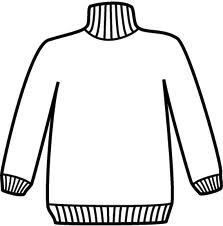

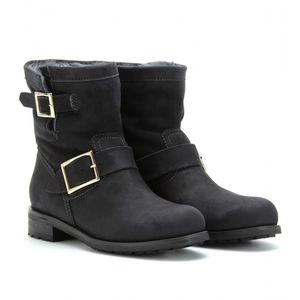





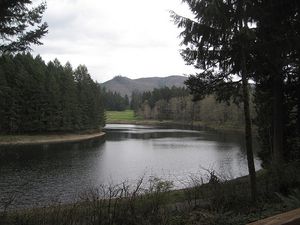


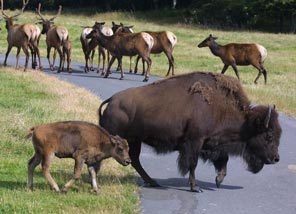


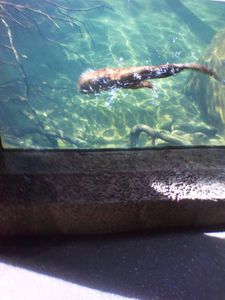

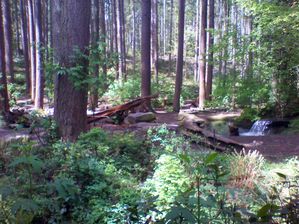







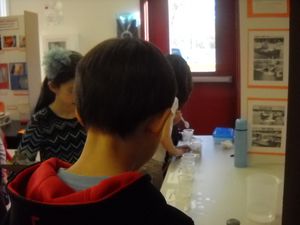





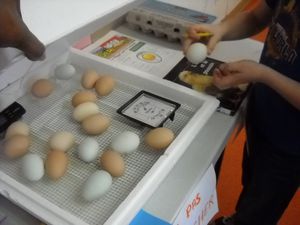





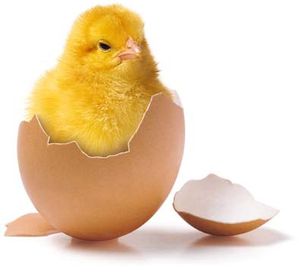
 La poule rousse
La poule rousse



